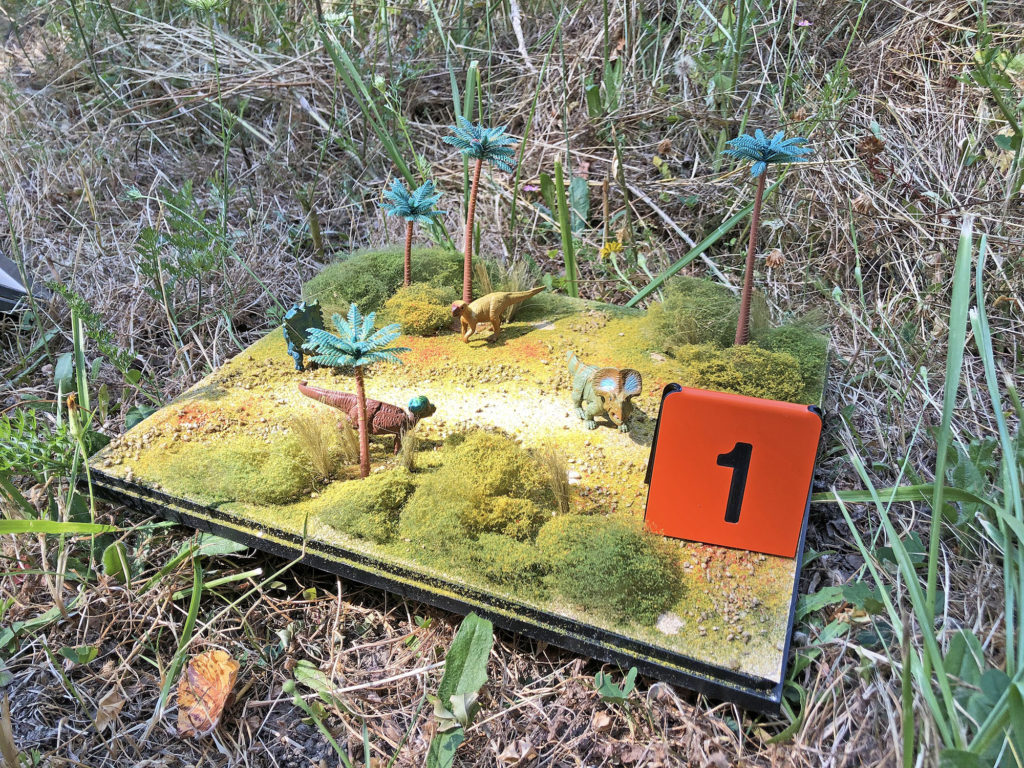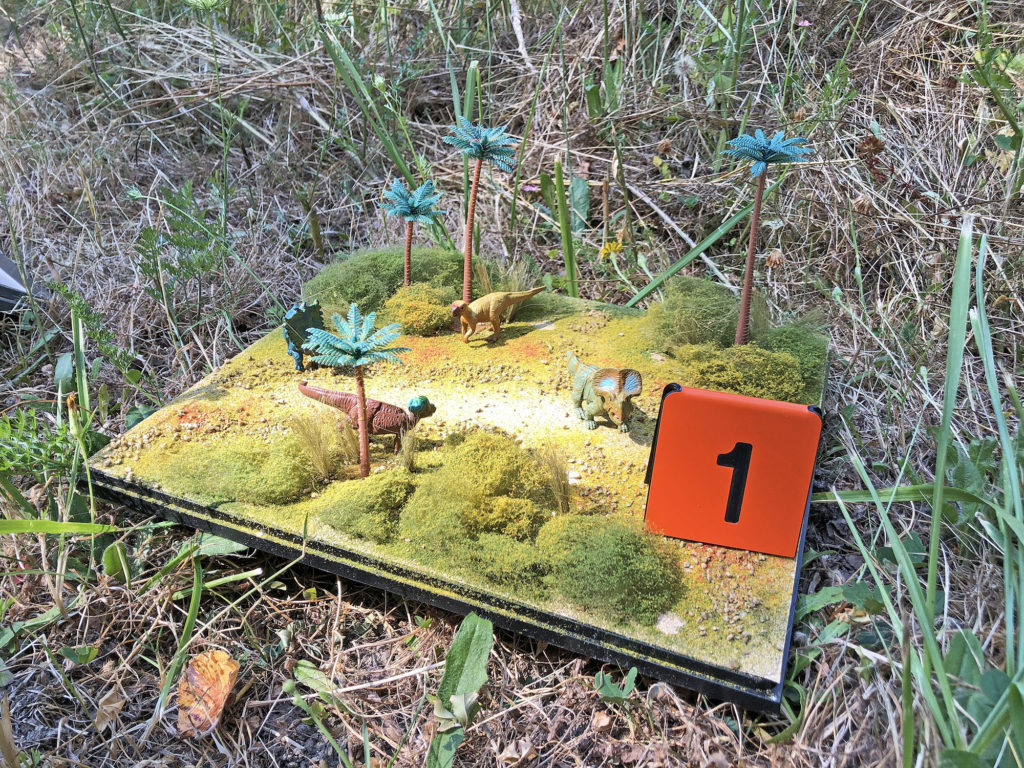
Eons & Eras Billions of Years of Life


Eons & Eras Objectives
-
Describe how researchers study early earth, including stratigraphy and geochronology.
-
Provide the approximate time span, geologic changes, and representative organisms of the Precambrian Supereon.
-
Provide the approximate time span, geologic changes, and representative organisms of the Phanerozoic Eon, including the Paleozoic, Mesozoic, and Cenozoic Eras.

Since humans did not exist for most of Earth’s 4.6 billion year history, different forms of indirect evidence have to be used to piece together early environmental conditions and forms of life.
Stratigraphy is a field in geology related to studying layers of rock, also called strata. Organic and inorganic materials deposit in layers over time, and stratigraphy explains these processes.

The deepest rock layers are generally the oldest. Earthquakes, floods, and glacial melt can fold and bend the Earth, leaving behind evidence of Earth’s major changes above and below water.
This geological park in Gansu province, China shows long swaths of time and mineral deposition.
Biostratigraphy uses fossils to determine the age range of rock layers. Certain species or groups of species only existed at one point in time, and their presence indicates that general time period. For example, the brachiopod pictured existed approximately 350-415 mya (million years ago).


Geochronology is using radioactive isotope measurements to determine the age of sediments and the fossils they contain. Constant radioactive decay rates can be used to establish the age of source materials. There are now dozens of different isotopes used to determine age over different periods of time.
“Geologic Time” is broken into Eons, Eras, and Periods, with some recognizable names like the Jurassic Period.
This video is a scan of the chart without voice. There is an additional look at geologic time in the resource section.
Precambrian Supereon
Billions of years of Earth’s past pre-dated animals, but established the conditions for animal life.

Animals need oxygen for cellular respiration and other organisms to eat. The Precambrian Supereon set up the conditions for animal life.
This video introduces the major features of the Precambrian Supereon.
Remnants of prehistoric cyanobacteria activity are found in stromatolites and date backas far as 3.6 billion years ago.

9x
These stromatolites are from western Australia. Cyanobacteria secrete layers of chemicals, including calcium. Fossilized stromatolites date as far back as 3.4 to 3.6 bya. Descendent cyanobacteria still form stromatolites in Australia to this day.

12x
By the end of the Precambrian Supereon, all life still existed in the oceans.
Phanerozoic Eon

The Precambrian Supereon ended with a variety of oceanic organisms: bacteria, complex single-celled eukaryotes, and multicellular organisms including the first animals.
That leaves a lot of life to come in the Phanerozoic Eon, including the move to land and origin of the vertebrates.
This video provides a tour through the Phanerozoic Eon.
Now, a look at some data. This video introduces Brachiopods and the sources of data for the figure below.

Assuming that the specimens recorded in fossil sheet #1 are older (deeper in the rock strata) than those from fossil sheet #2, hypothesize how the variation in the widths of the Brachiopods of fossil sheet #1 led to the widths observed in fossil sheet #2.
Start this Guide’s first journal assignment here
Journal Page #9: Geologic Timeline
It can be challenging to visualize the massive intervals of time being discussed in the Precambrian Supereon and Phanerozoic Eon. For this journal page, you are constructing a timeline that shows the relative lengths of geologic time.
Include the order and relative lengths of the Precambrian Supereon and its three Eons (Hadean, Archaen, Proterozoic) and the Phanaerozoic Eon and its three Eras (Paleozoic, Mesozoic, and Cenozoic).

The Precambrian will be very long relative to the Phanerozoic Eon; you may need to have a creative way of looping the timeline. The eras are also different relative lengths.
This can be challenging, but an effective way to learn the order of geologic time. The time spans can be found through Wikipedia and other online sources. Be aware, they often don’t show the relative lengths, many illustrations shorten the Precambrian for convenience.
The next section describes how scientific knowledge, like understandings of the distant past, can be both tentative and durable.

Check your knowledge. Can you:
-
describe how researchers study early earth, including stratigraphy and geochronology?
-
provide the approximate time span, geologic changes, and representative organisms of the Precambrian Supereon?
-
provide the approximate time span, geologic changes, and representative organisms of the Phanerozoic Eon, including the Paleozoic, Mesozoic, and Cenozoic Eras?



